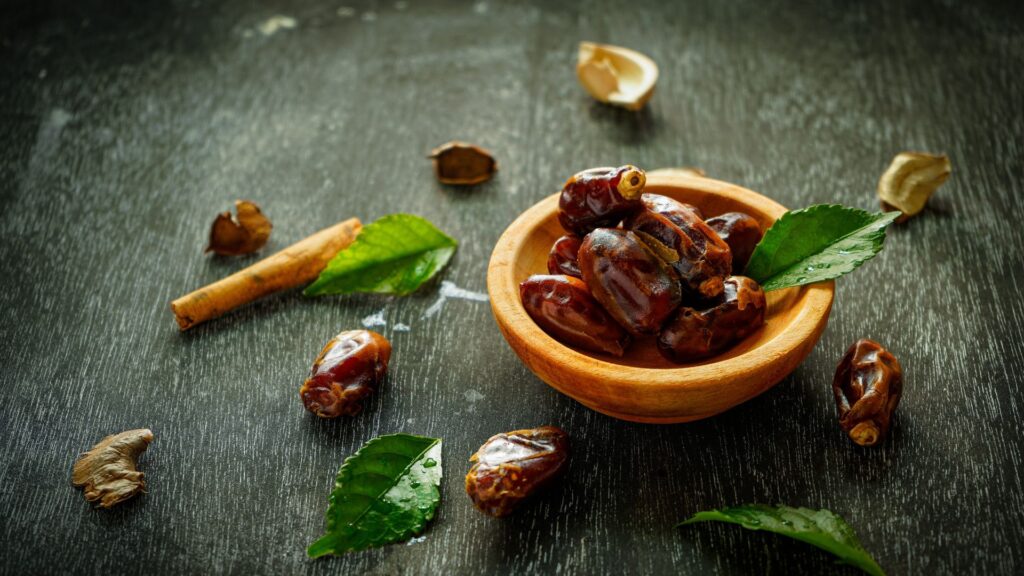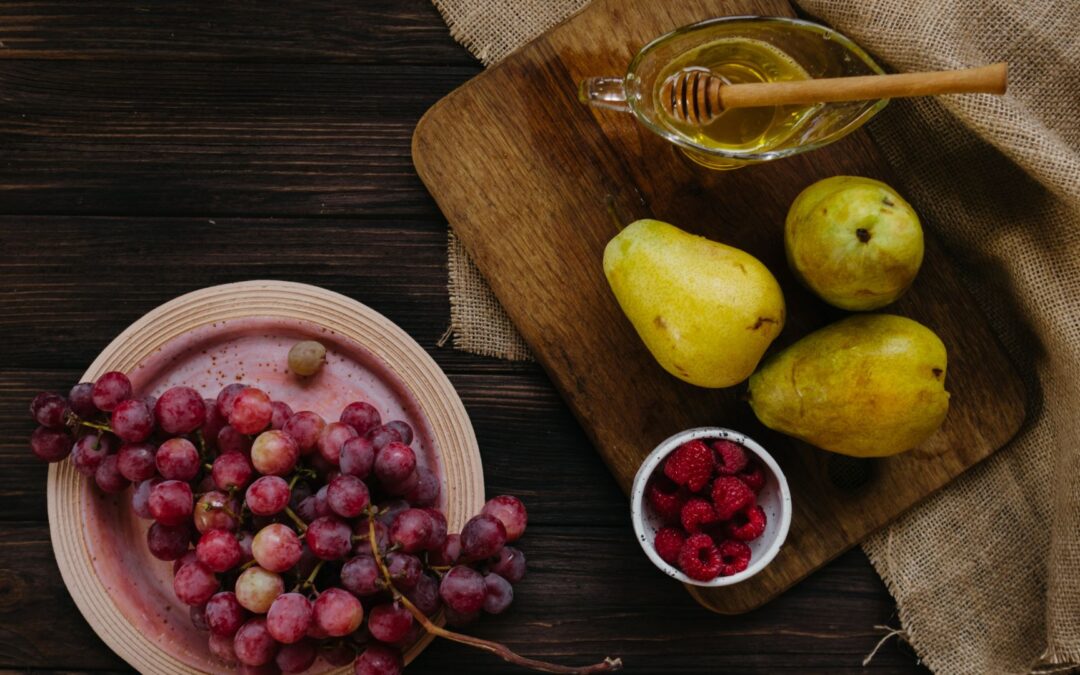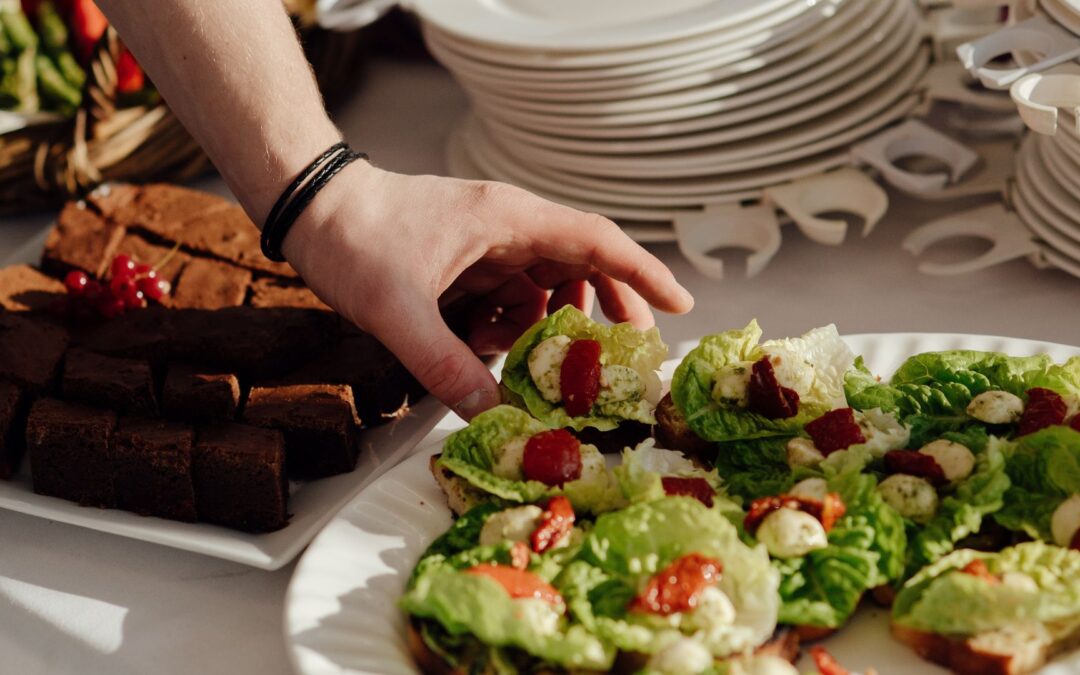The morning sun is shining through the fog. But the cold in the north wind is shaking the bones. Winter is in full swing of seasons. Delicious date juice comes first on the winter food list. A glass of raw date juice extracted from the date tree refreshes the people of Bengal while sitting in the sweet sun on a fog-covered winter morning. This juice is also delicious to eat after heating. The taste and aroma of the grains, liquid and Nolen Molasses made in this juice are different. Kazi Nazrul Islam wrote a poem about this scenario.
The daily festival of rural life is going to start with the sweet juice of dates. In winter, the value of this palm tree increases, which grows in carelessness and neglect. The date palm gives sweet juice. Molasses is made from this juice. The smell of it makes the whole air full of sweetness.
From time immemorial, people have been familiar with the saying “Jessore’s glory, date juice”. In the greater Gangetic delta area, namely Jessore, Kushtia, Faridpur and Khulna districts, date palms grow more and more. At one time, Date molasses was highly valued as a crop. Land use in paddy production was meagre. Fields on the horizon would have fallen. And there, without planting and without care, the date palms grew in line with the weeds.
The juice was extracted from it to make excellent molasses. Greater Jessore is still top in Date molasses production. Many poets have written hundreds of poems on date juice. In the words of the poet, “Winter has come to my house / with a pot of juice, winter has come to my country / For the loves of the country, Winter has come with cake / Sweet with date juice …..” During the British period, sugar was made from date molasses. This sugar was known as ‘Brown sugar’. High-quality Wine was also made from Date juice. This sugar was sent to different countries of the world including Europe. The gentlemen from Britain came to Bangladesh in groups and started the sugar business by setting up sugar factories.
As the date palm is a dry and desert plant, the date palms of the lower basin of the Ganges do not have sufficient shells for excellent dates. So, it is not used very much as food.
The main attraction of date palms in Bangladesh is date juice. The cutter of date or palm trees to extract the juice and the makers of date or palm molasses are called Siuli or Gassi. Ignoring the bone-chilling cold, the Gassi goes out early in the morning to collect the juice. The trees are cut down in a special way to collect date juice in winter. Only a skilled Gassi knows when, how, and where to cut, so that the tree will not die, but more juice will be available.

The cutting starts from the beginning of autumn to make it suitable for extracting juice from date palms. After the first cut, the second time a special twig made of twigs is placed there. A small bamboo pole was placed next to it for a hanging pot. The juice falls into the pot through the tube from the eyes. There are also some special techniques to cut the date palm and extract the juice from it. No one can cut the trees or extract juice well. Once the trees are cut, the juice is collected for 2-3 days. The juice of the first day is locally called jiren. This Jiren juice is unique in taste and meaning. High-quality Molasses and Patali are made with Jiren juice. The juice of the second day is called Dokat and the juice of the third day is called Tekat or Ola which is used to make soup Molasses.
Once cut for juice, there is a break of 5-6 days to dry the cut area. The trees are rotated east and west every year for drying. So that sunlight falls directly on the cut part. Once dry, the juice is collected again. In this way, a tree should have an average of 8-10 liters of juice daily. It is said, ‘If you leave an empty pitcher, it will be filled with juice, and with that juice, the heart will be filled with fragrance.’ Again, compared to cows, it is said, “Earthenware gets milk without cows and calves”.
At early in the morning, date juice with a mind-blowing scent is rare in the city. In a winter morning, date juice, sweet sunshine, farmer’s smile is great vitality. In the words of the poet, “Is there any kind of cold-sweetest juice which can remove the thirst as soon as you drink?” That is why many people call this tree ‘Honey Tree’ as a hobby. Currently, sweet, fragrant bees are all around. Ants, bees, birds and squirrels flock to its aroma and taste. The juice collecting of date palms usually starts from the age of 4 years when the tree has 12-15 leaves and gives juice till 25 years. The male tree gives more juice than the female tree and the juice is also sweeter than that. Juices are collected from the third week of Bangla Ashwin month to the first week of Baishakh (second week of October to mid-April). Juice collecting is suitable for cold weather, cloudy skies and foggy mornings. The juice obtained at this time also tastes good. Most juice is available in Bangla Poush-Magh month (December to January). As the temperature rises, the amount and quality of the juice decrease.
Date juice is an integral part of winter cake pies. There is a cultural connection between date juice and cake. There is a history and tradition of assorted cakes with juice. Various recipes of date cake and juice are very popular like Shirni-Payes, Ghanarase Chitai cake and date molasses-coconut mixture. Making molasses from date juice is no less than an art. There is a close relationship between Juice and burning. Date molasses, Patali molasses, Nalen molasses, Valley molasses, sand molasses and candy molasses, very tasty and well-known. The molasses made from the first juice of the tube is called Nalen molasses. Muri filled with Patali molasses is a familiar sight in rural Bengal, too much fun to eat.
This sweet memory of date molasses is unknown to today’s generation. The village brides make different kinds of cakes with this molasses. Many types of cakes like Bhapa, Siddhapuli, Malpoya, Lalua, Raser Chitiye. And the scenario of children and old women sitting around making this cake is a part of the old culture of Bengal. It seems that the more the winter, the greater the satisfaction and joy of eating their cake. The poet Sufia Kamal portrayed this scenario in her poem. The sugar made from date molasses is sweet and delicious. Patali molasses made from date juice is also very popular in Bengal. There are economic benefits to selling molasses. The molasses produced in the country are being exported to different countries including England and Switzerland beyond the borders of the country. There is also a huge demand for molasses in Malaysia and Singapore.






